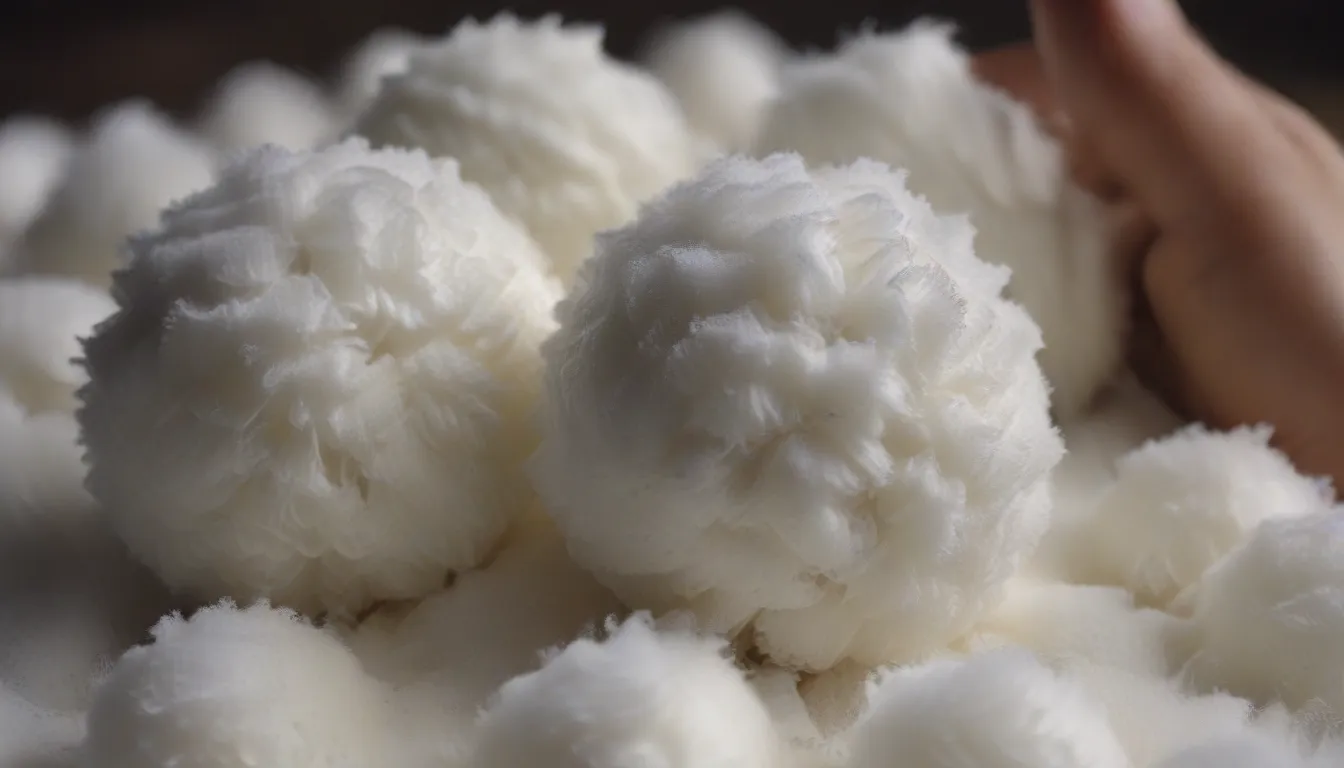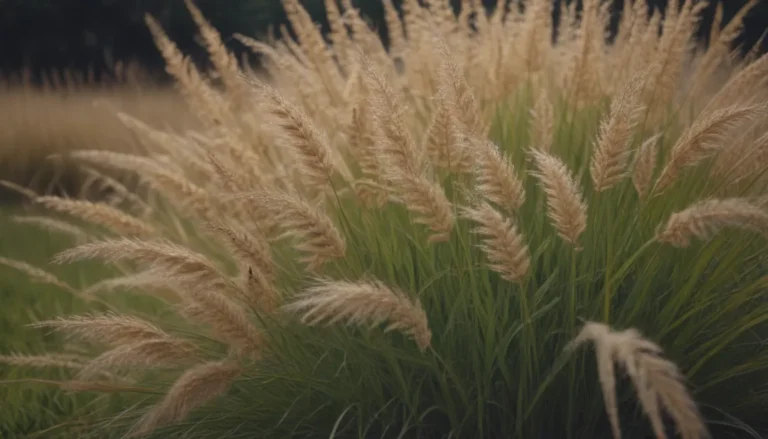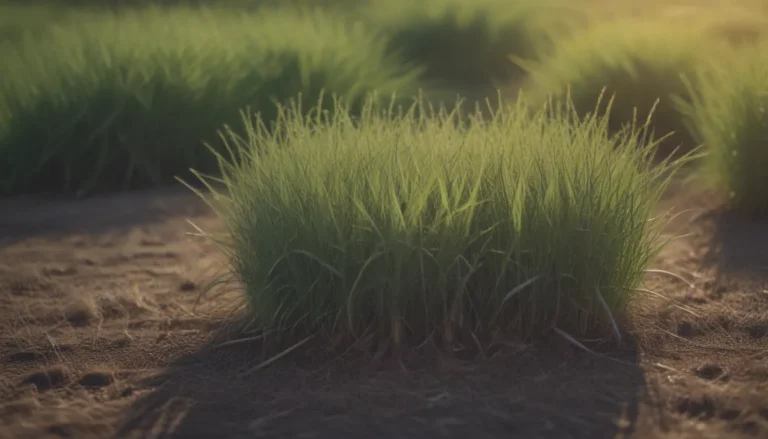Comprehensive Guide to Growing and Caring for Mexican Snowballs

Welcome to our in-depth guide on how to grow and care for Mexican Snowballs, also known as Echeveria elegans! These stunning succulents are a favorite among plant enthusiasts for their unique blue-green to silver-green leaves that form a beautiful rosette shape. In this article, we will provide you with all the information you need to successfully cultivate and maintain Mexican Snowballs in your home or garden.
Introduction to Mexican Snowballs
Mexican Snowballs are native to Mexico and can be commonly found in semi-desert habitats across the country. These low-maintenance succulents are popular as both houseplants and garden plants, and they have even won the prestigious Award of Garden Merit from the Royal Horticultural Society.
Mexican Snowball Care Tips
Mexican Snowballs are relatively easy to care for, but they do have specific requirements that need to be met in order for them to thrive. Here are some essential care tips for growing Mexican Snowballs:
Light
- Mexican Snowballs require several hours of bright, direct sunlight each day to thrive.
- When grown indoors, place them near a west or south-facing window for the best light exposure.
- If necessary, you can supplement their light requirements with grow lights.
Soil
- Mexican Snowballs thrive in sandy, well-draining soil similar to their semi-desert habitat.
- Avoid humus-rich soil that holds water for extended periods.
- A standard cactus or succulent potting mix is ideal for these plants.
Water
- Mexican Snowballs are drought-tolerant and should be watered sparingly.
- Allow the soil to dry out completely before watering and avoid overwatering.
- During the winter months, reduce watering while the plant is in dormancy.
Temperature and Humidity
- Mexican Snowballs prefer hot, dry conditions and do not tolerate cold weather well.
- They can adapt to typical household temperature and humidity levels when grown indoors.
- If grown in colder climates, consider overwintering them indoors.
Fertilizer
- Mexican Snowballs are not heavy feeders and only require annual fertilization in the early to mid-spring.
- Use a fertilizer designed for cacti and succulents to promote healthy growth.
Pruning and Propagation
Pruning
- Mexican Snowballs do not require regular pruning, but if they become leggy, you can trim them back to revitalize their shape.
- To propagate a leggy plant, cut off the compact top and replant it in a separate container.
Propagation
- Mexican Snowballs can be easily propagated through leaf cuttings and division.
- New plants can be grown from offsets or by leaf propagation for a fun and rewarding experience.
Potting and Repotting
Mexican Snowballs do not require frequent repotting and can tolerate being rootbound. When it is time to repot, choose a container that is 2-3 inches larger than the previous one. These succulents do well in poor quality soil and do not require frequent soil refreshing.
Overwintering and Common Pests
Overwintering
- Mexican Snowballs are not frost-tolerant and should be overwintered indoors in colder climates.
- Grow them in containers for easy transitioning from outdoor to indoor environments.
Common Pests and Diseases
- While Mexican Snowballs are generally resistant to pests and diseases, common issues such as mealybugs and aphids can still occur.
- Regularly inspect your plants for pests and treat them promptly to prevent infestations.
In conclusion, Mexican Snowballs are stunning succulents that are relatively easy to care for as long as you provide them with the right growing conditions. By following the tips and guidelines outlined in this article, you can successfully cultivate healthy and vibrant Mexican Snowballs in your home or garden. Happy planting!





